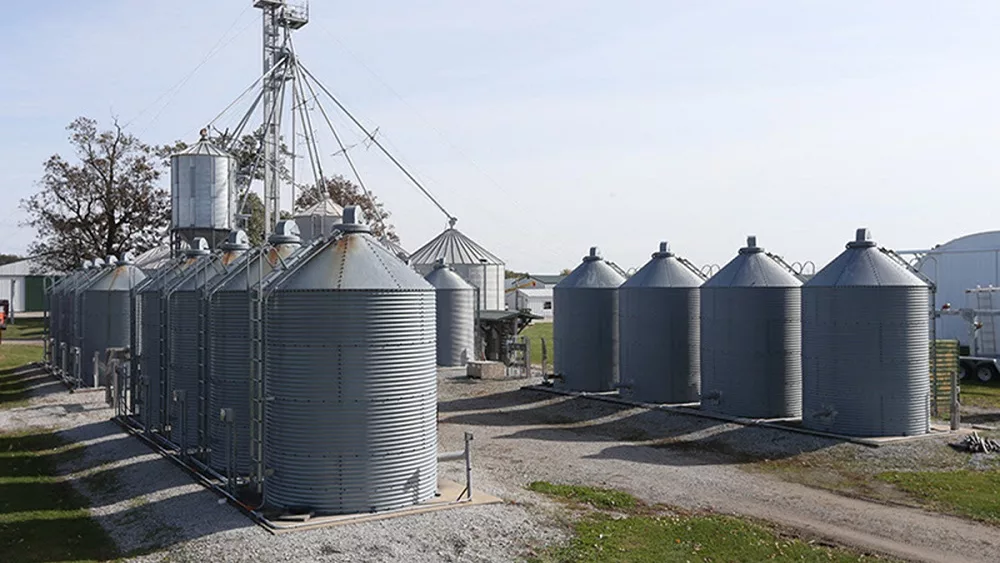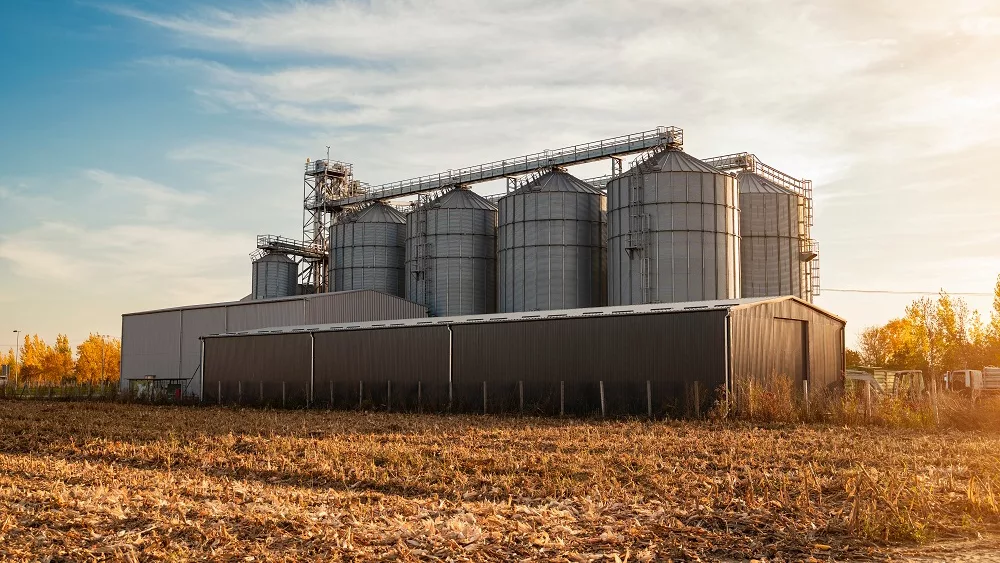When the U.S. Environmental Protection Agency earlier this month entered into a consent decree agreeing to a court-enforced timeline for establishing the Renewable Volume Obligation numbers for 2014 and 2015 for the Renewable Fuel Standard, the delayed timeline – especially for 2014 – were a reflection of the problems the EPA set up for itself by numerous delays.
“Congress created the Renewable Fuel Standard to help reduce our dependence on foreign oil and to provide cleaner domestic fuel choices for consumers,” said NCGA President Chip Bowling, “and the EPA has finally provided additional clarity about their timeline for announcing the 2014 through 2016 renewable fuel requirements. We have expressed our concerns about the continued delays to the EPA, and we will be taking them at their word that they will adhere to this new deadline. NCGA will continue to work with the EPA to ensure the numbers are consistent with the statute passed by Congress and put the RFS back on track.”
Under the consent decree and other commitments, the EPA will follow the following timeline:
- By June 1, the agency will propose volume requirements for 2015 and 2016 and will re-propose volume requirements for 2014, by June 1, that reflect the volumes of renewable fuel that were actually used in 2014.
- By November 30, EPA will finalize volume requirements for 2014, 2015 and 2016, and resolve a pending waiver petition for 2014.
- With regard to the RFS and biomass-based diesel volume requirement for 2017, EPA will propose and finalize a volume on the same schedule.
What makes the RVO such a major concern for corn growers?
In November 2013, the EPA proposed to reduce the baseline 2014 renewable volume obligation for corn ethanol in the RFS from 14.4 billion gallons to 13 billion gallons – a 10 percent cut. They proposed this after a record corn crop in 2013, which was then followed by a second record crop in 2014, with the price of corn falling to below the cost of production in many areas.
If the RVO reduction took place as proposed by the EPA, estimates were for the price of corn to fall by as much as an additional $1.10. With corn stocks high and prices low well into 2015’s planting season, NCGA and its growers will continue to track progress on these deadlines and hold EPA accountable.
When the EPA announced its lower volume for 2014, NCGA activated its grassroots membership in a number of ways, and saw the largest response ever seen for a call to action. When the time came for our growers to speak up, they did so – loudly and forcefully. NCGA’s growers and allies sent the EPA a clear signal when this proposal was first issued, with nearly 200,000 people responding to the public comment opportunity in opposition to the reduction. Nearly 10,000 farmers called the White House directly.




